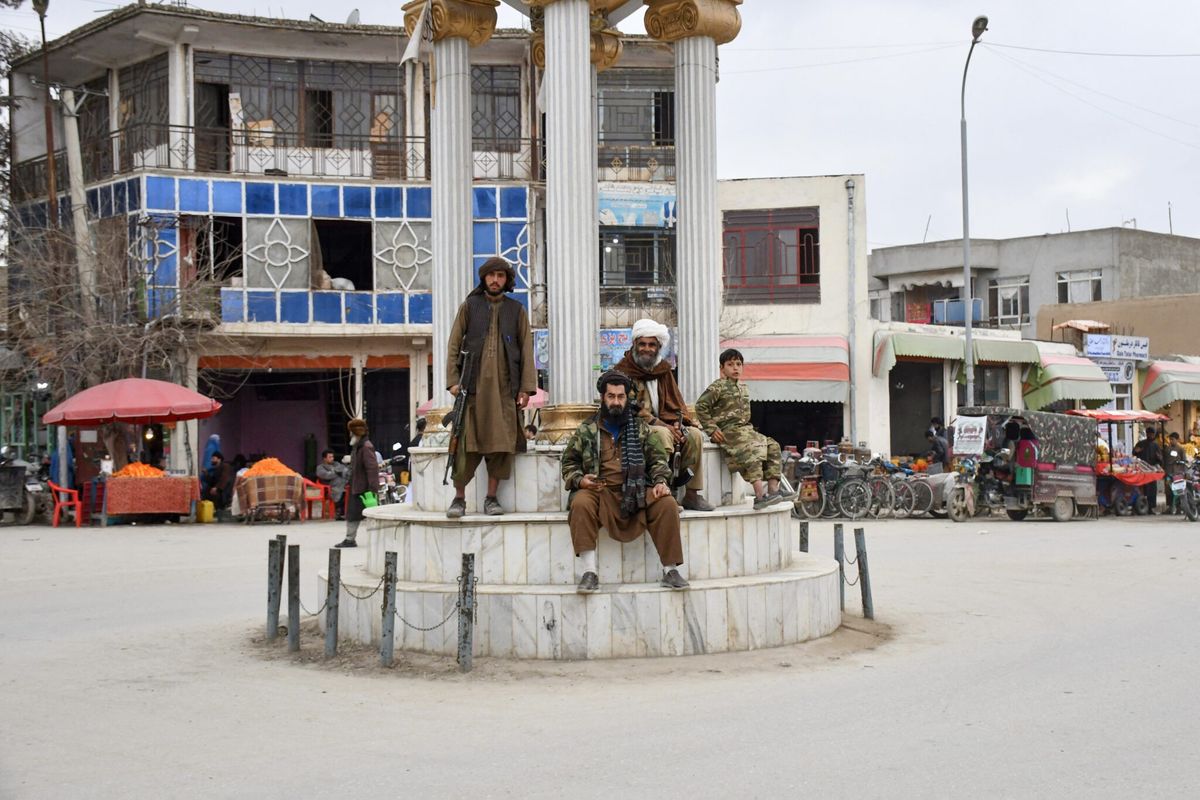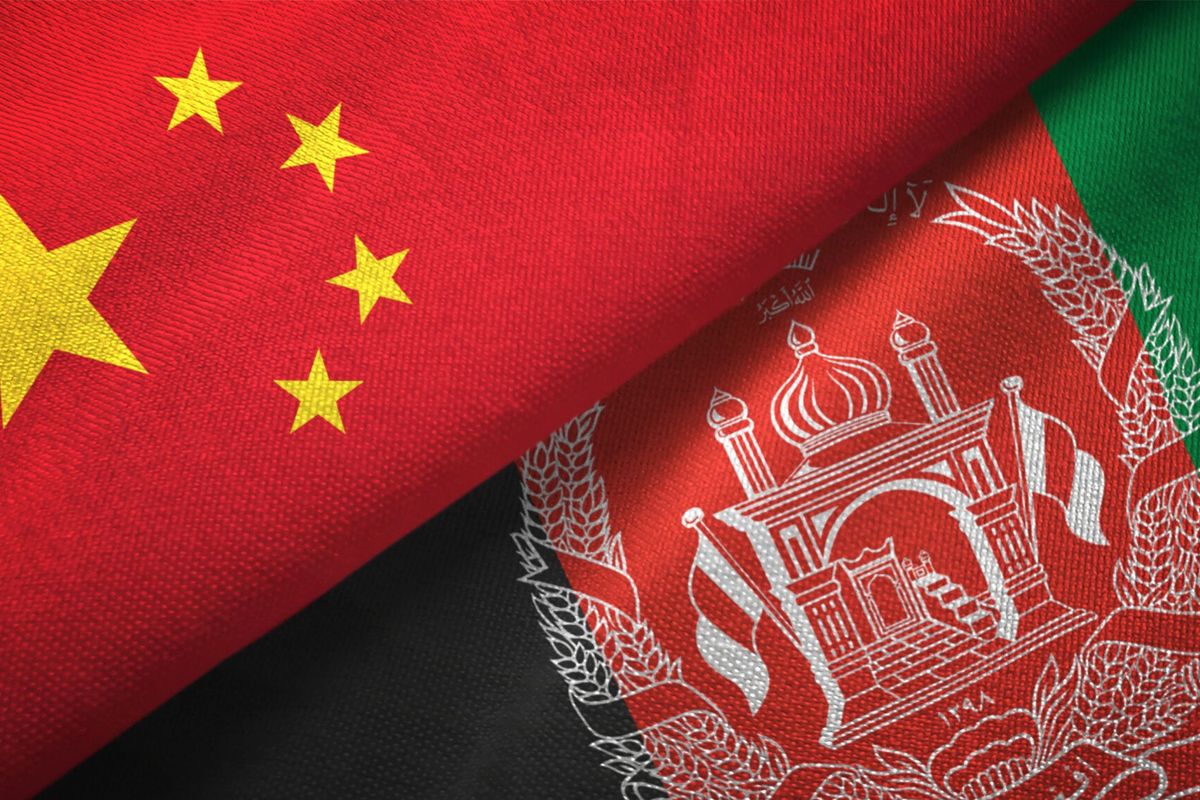Although the Taliban organizations in Afghanistan and Pakistan share the same name, they operate as independent organizations under separate leadership structures. Jeffery Eggers, former Special Assistant to the President for National Security Affairs, pointed out to The Cipher Brief that the Afghan Taliban uses Pakistan as a safe haven for its operations while the Pakistani Taliban seeks refuge in Afghanistan. To confront the Taliban threats, “a natural and optimal agreement between Afghanistan and Pakistan would be that neither allows their territories to be used as sanctuary against the other,” explained Eggers.
The Cipher Brief: It appears as though the Pakistani Taliban has been growing in strength ever since its 2014 brutal attack on the school in Peshawar. This January, the Pakistani Taliban carried out the Bacha Khan University attack, and just last month the Pakistani Taliban killed several Pakistani security officials. How much of a threat does the Pakistani Taliban pose to Pakistan’s domestic stability as well as to regional security?
Jeff Eggers: Discrete, high-profile militant attacks are not necessarily a reliable indicator of an organization’s strength, and recent attacks likely reflect Pakistan Taliban retribution for the Pakistan military’s more aggressive posture and operations over the last year. It is important to recall that prior to January’s attacks, Pakistan had enjoyed relatively improved security conditions since its crackdown on the Pakistani Taliban following the December 2014 attack against the Pakistan Army school in Peshawar. With this mode of irregular warfare, the terrorists always hold some small advantage in that they can garner outsized attention with a relatively small number of fighters and resources focused on a soft target, as occurred with the recent university attack.
Nonetheless, the recent attacks are a clear reminder that these groups are far from defeated, even as Pakistan’s military has increased its control of the border region. It also illustrates the surprising complexity of the radicalization problem, which appears as likely to be found in top universities as it is in more rural madrassas, the Islamic religious schools. Finally, any increased virulence among the Pakistani Taliban is most likely the result of degraded security in bordering Afghanistan, where the Pakistani Taliban finds some degree of sanctuary. This illustrates the interconnected nature of this militant security problem, which continues to pose a moderate threat to the stability of Pakistan and the region and, therefore, western interests.
TCB: What is the level of cooperation or coordination between the Afghan and Pakistani Taliban? Are both factions part of a broader Taliban network, or do they operate independently of each other?
JE: The two Taliban organizations share the same western name and have some degree of overlap among other third-party external groups, such as al-Qaida, ISIL, or the Islamic Movement of Uzbekistan, but they remain essentially independent groups under separate leadership structures that are neither in conflict nor cooperating with one another. Their independence stems from the fact that they maintain discrete objectives and have very different relationships with the Pakistani state. For instance, the Pakistani Taliban seeks to overthrow the government in Islamabad, the capital of Pakistan, while the Afghan Taliban has focused its energies in Afghanistan and enjoys some degree of at least tacit support from within Pakistan. Even the Pakistani National Security Advisor, Sartaj Aziz, recently told an American audience that the Afghan Taliban “leadership is in Pakistan and they get some medical facilities, their families are here.”
Until recently, the Afghan Taliban was generally a cohesive organization that placed emphasis on maintaining its unity. The Pakistani Taliban is less a single cohesive organization or more a collection of uncoordinated factions and splinter groups.
TCB: How has the recent military surge by the Afghan Taliban affected the Pakistani Taliban?
JE: Any gains made by the Afghan Taliban inside Afghanistan could embolden the Pakistani Taliban or might even provide indirect support by giving additional sanctuary to the Pakistan Taliban inside Afghanistan. Otherwise, the two militant campaigns are not highly dependent. While the Afghan Taliban may appear to be making progress against the Afghan government’s security forces, this has little immediate direct bearing on the course of the security campaign in Pakistan. More broadly, a large-scale degradation of security in Afghanistan would very much pose a risk to the stability of the region, which illustrates the need for the Pakistan government, and particularly its Army, to do everything it can to bring the Afghan Taliban into a political process with the Kabul government. Sartaj Aziz’s comments make clear that Pakistan has the ability to bring additional pressure to bear on these Afghan Taliban leaders.
TCB: Has the Pakistani Taliban played a role in the ongoing peace talks between the Afghan government and the Afghan Taliban? Should they be included in the negotiations?
JE: Talks between the Kabul government and the Afghan Taliban have been off and on, and are currently suspended. If they begin as is expected, they would resume without participation by the Pakistani Taliban. There is no reason the Pakistani Taliban should be included in such discussions since its objectives pertain to the Pakistani state, and the purpose of these talks would be for Afghans to discuss the future of the Afghan state.
TCB: How can the U.S. and the Pakistani government (and possibly the Afghan government) better cooperate to counter the threat posed by the Pakistani Taliban?
JE: Given the Pakistan military’s recent operations in North Waziristan and its general posture through the rest of the frontier area, the key threat posed by the Pakistani Taliban is either to the settled areas of Pakistan or in achieving greater sanctuary in Afghanistan. Thus, a natural and optimal agreement between Afghanistan and Pakistan would be that neither allows their territories to be used as sanctuary against the other. The United States could support and advise the Afghan security forces to uphold such an agreement on the western side of the border against the Pakistani Taliban, but this won’t be feasible until Pakistan takes greater steps to deny its territory to the Afghan Taliban.
Considering its interest in the defeat of al-Qaeda, the United States has already provided substantial security assistance to Pakistan to enable its military campaign. While there has been relatively effective cooperation between the United States and Pakistan against al-Qaeda, it is difficult to gauge the effectiveness of U.S. assistance against the Taliban. The Pakistani military also downplays the fact its campaign is being enabled by the United States due to a very low favorability rating of the United States in Pakistan. Moreover, direct assistance by the United States must be provided in accordance with Leahy Amendment requirements to ensure that such support does not enable or go to units suspected of involvement in human rights abuses. Finally, there is always pressure in Washington D.C., particularly from Congress, to withhold support to Pakistan until there is demonstrable evidence that they oppose, and do not support, anti-Indian or anti-Afghan militant groups.












